- Feb 25, 2013
- 51,216
- 58,269
- AFL Club
- Brisbane Lions
gloves give more of an advantage than stickum
Follow along with the video below to see how to install our site as a web app on your home screen.
Note: This feature may not be available in some browsers.
prob disappointing. the field of view is bad.Imagine what pr0n would look like!!Oh baby!
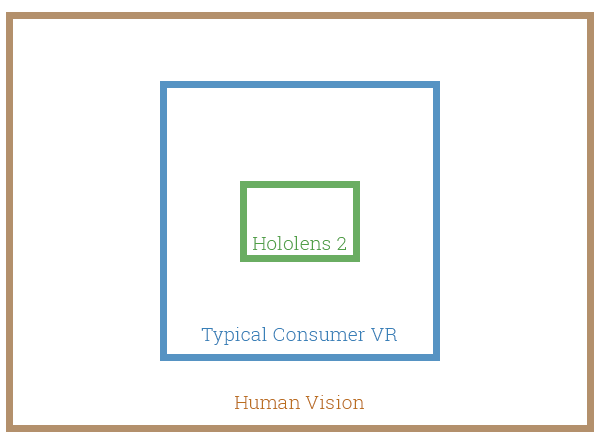
Ah....yeah yeah....absolutelyprob disappointing. the field of view is bad.

the V2 Hololens is more than double the FoV of the original.
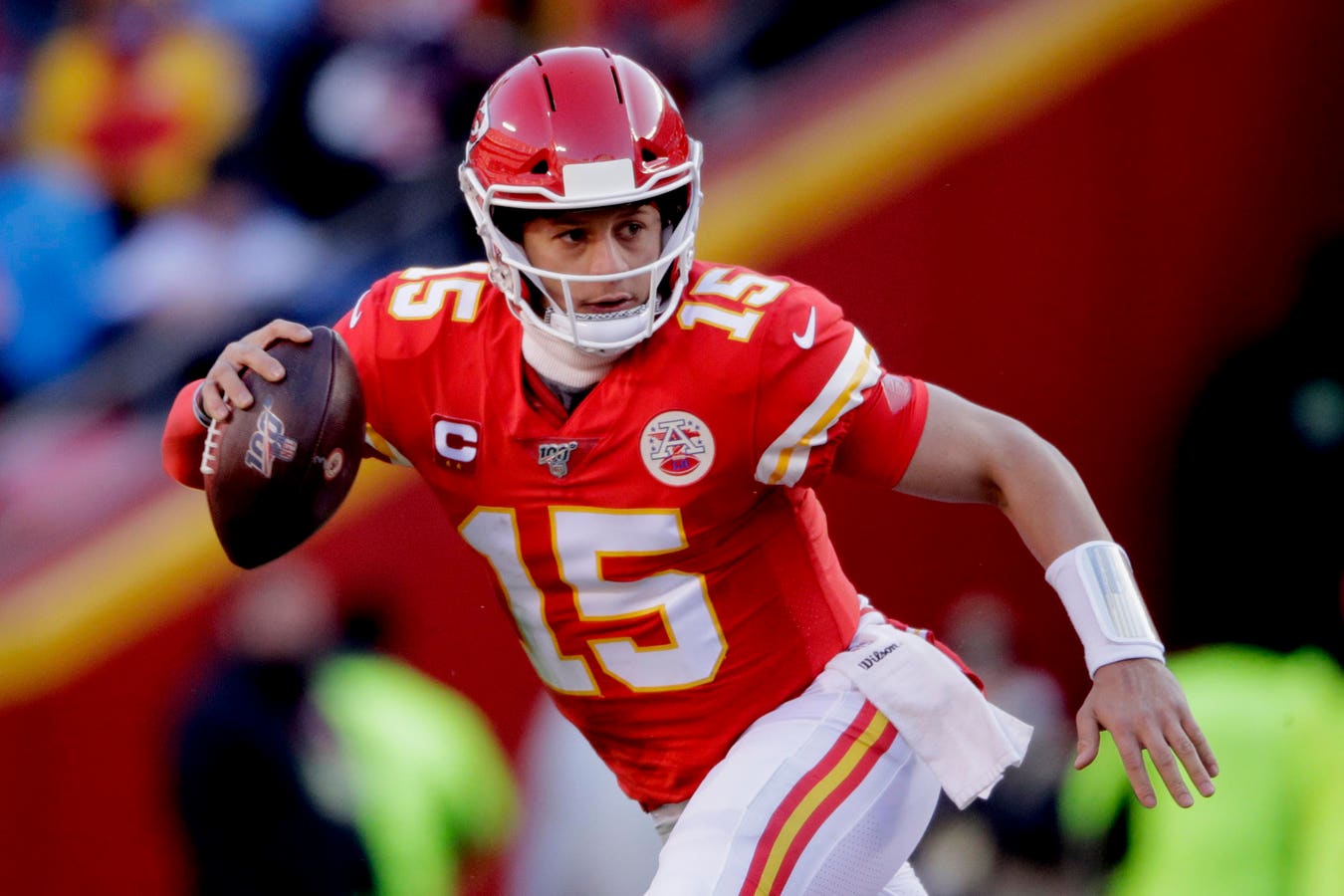
 www.forbes.com
www.forbes.com
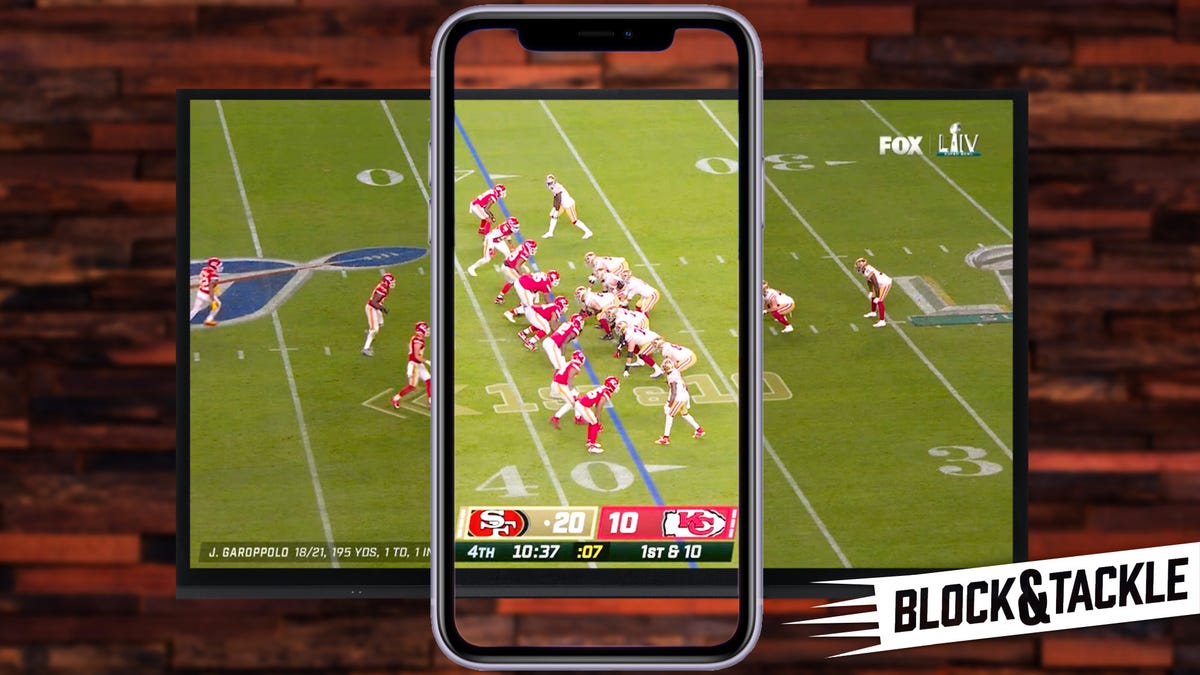
 tv.avclub.com
tv.avclub.com
Ah ha, so that's why!I liked the Fox graphics they used for the Superbowl and going forward in to next season (all bar the superhero images of the players), here's some background information on the update for those inclined

Fox redesigns its NFL graphics for the point-your-phone-at-the-TV era
Everyone has their own focal point on Super Bowl Sunday. Some viewers are there for the halftime show. Others watch for the commercials. And let’s not forget those of us who tune in to see the main event: three hours of men in brightly colored garments, pummeling each other, for America.tv.avclub.com
Whenever this topic is discussed, everyone forgets the insurance companies.
The insurance market for football programs is nearly gone. 10 years ago there were like a dozen general liability carriers that covered "head trauma" for the NFL. Now there's only one.
AIG stopped covering Pop Warner, since they refused to cover "neurological" injuries.
***"People say football will never go away, but if we can't get insurance, it will,"*** Jon Butler, Pop Warner's executive director.
Dr. Julian Bailes, Pop Warner's medical director and a member of the NFL's Head, Neck and Spine Committee, told Outside the Lines ***"insurance coverage is arguably the biggest threat to the sport."***
Maricopa County in Arizona eliminated football programs at four schools, including a three-time junior college national champion, because 358 players accounted for nearly 1/3 of all insurance costs for the district's 200,000 students.
***"It's taken a while, but it's trickling down to each level of the game,"*** he said. ***"I don't know that the general public really understands it. There's only so much that the liability market can take or will take."***
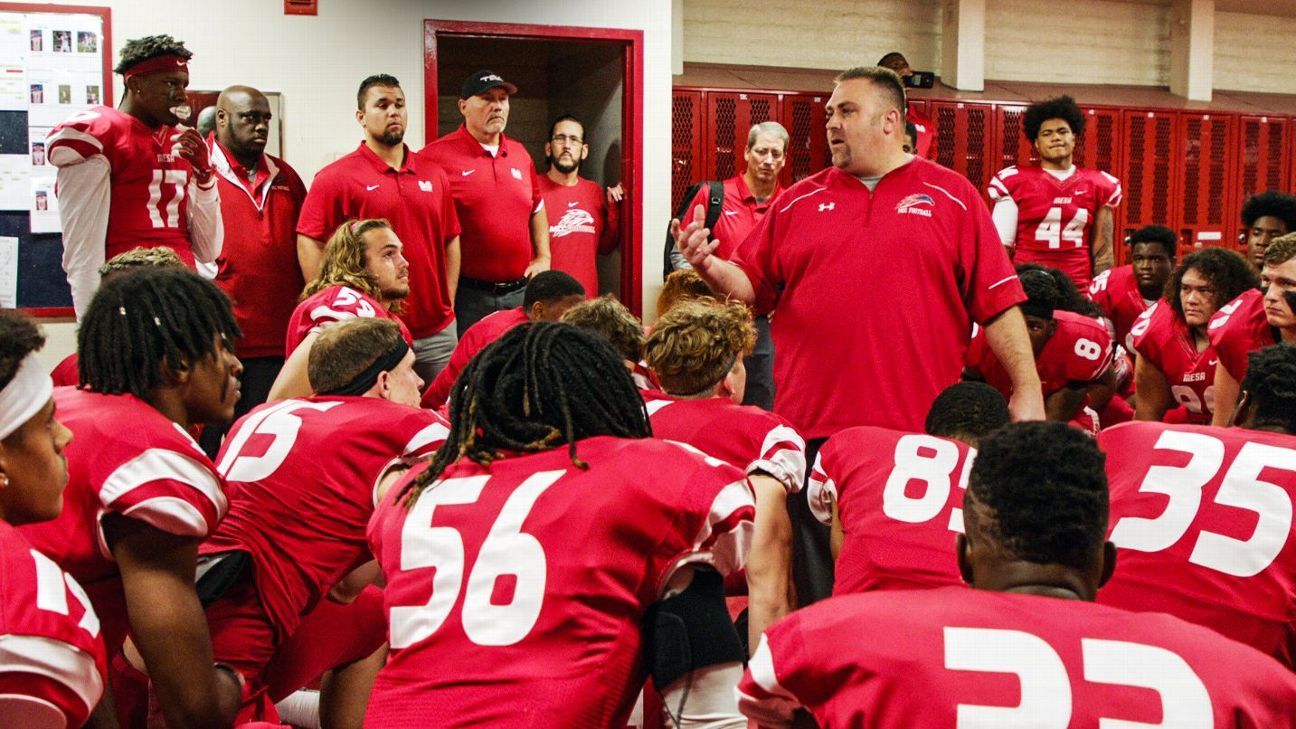
OTL: Football facing growing insurance issue
From the NFL to rec leagues, football is facing a stark new threat: An evaporating insurance market that is fundamentally altering the sport's economics, squeezing and even killing off programs faced with higher costs and a scarcity of available coverage.www.espn.com
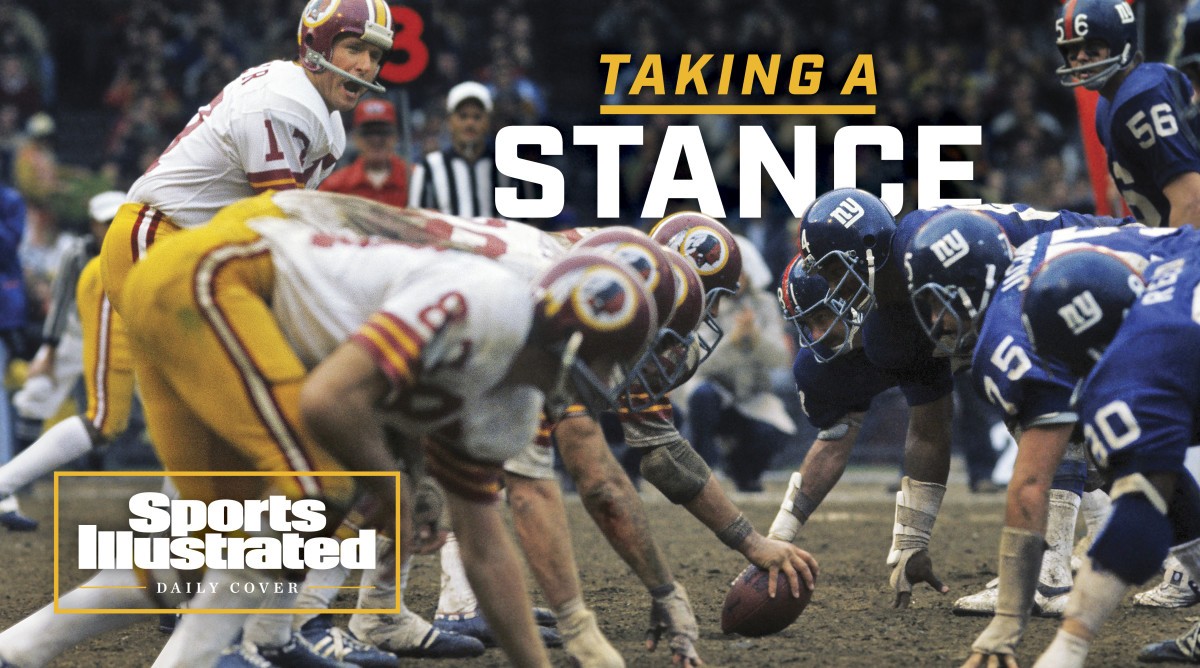
WTF Amazon....what a stupid ball....
